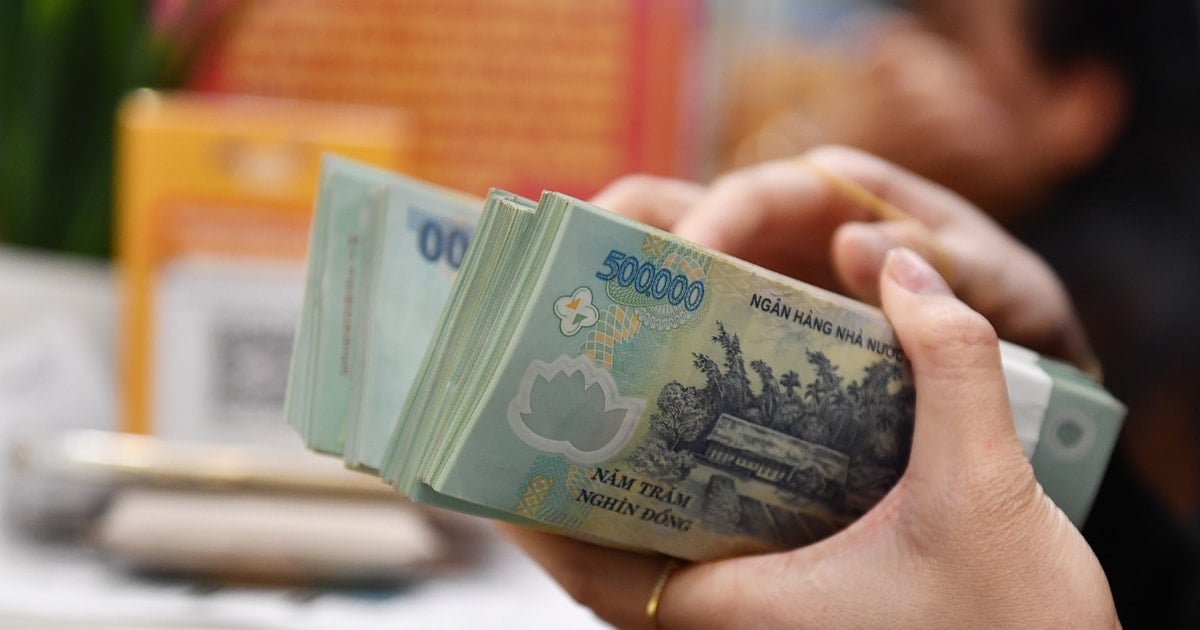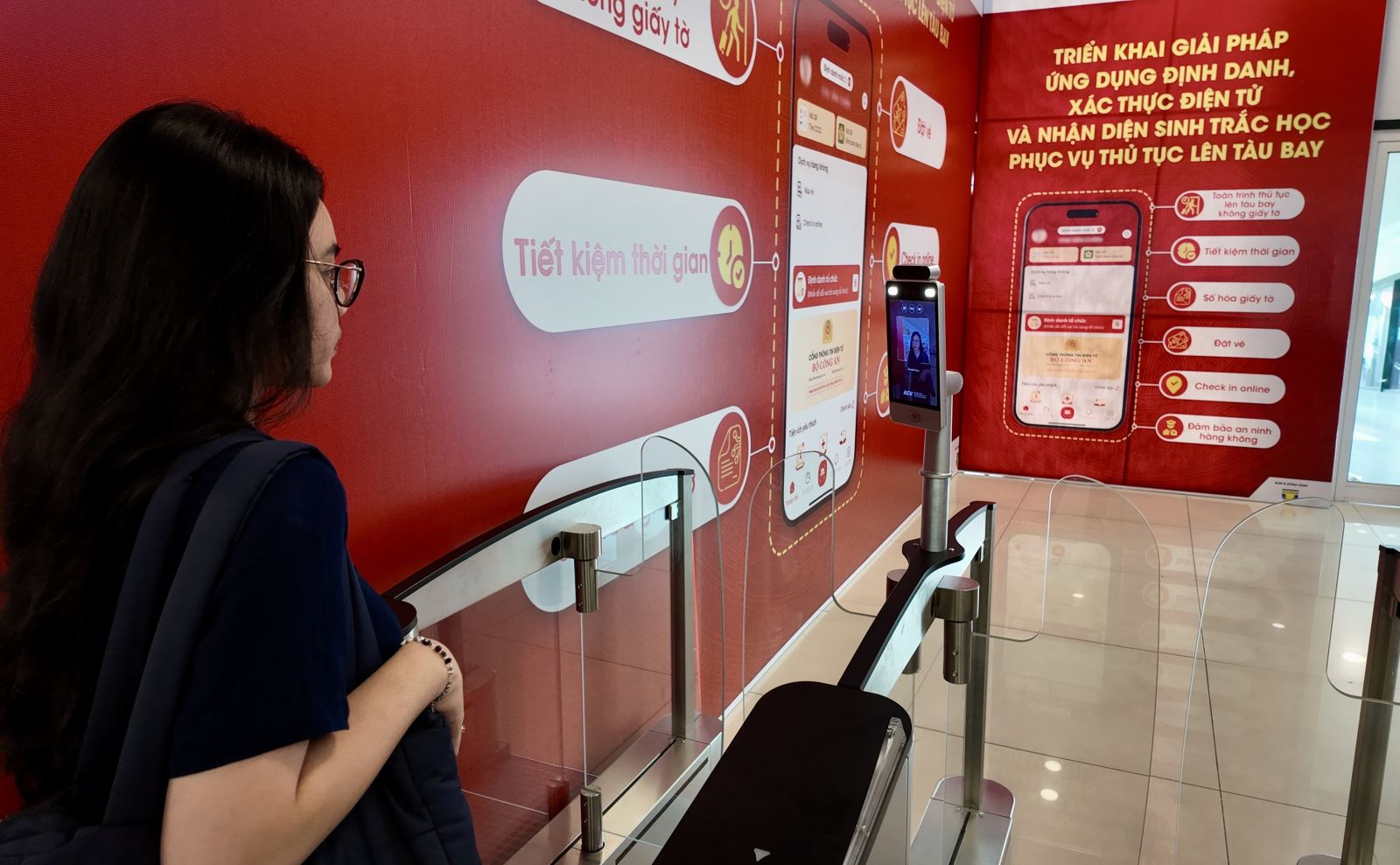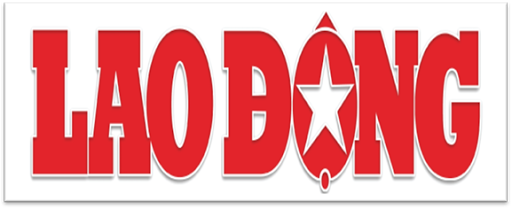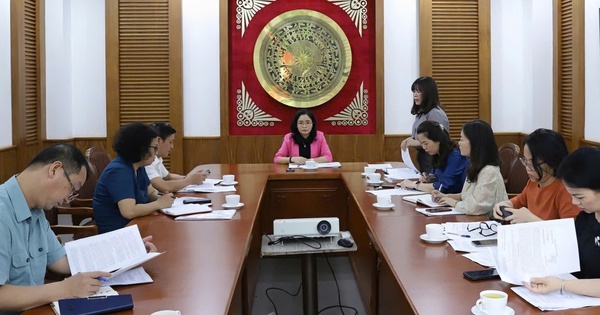From credit fever to macro management lessons
Over the past decade, the mechanism of assigning credit growth targets – commonly known as “credit room” – has been applied by the State Bank of Vietnam (SBV) as an important management tool to control the scale and quality of credit, contributing to the implementation of macroeconomic stability goals.
This is an administrative measure, with a typical “ask-give” mechanism, so it is inevitable that there will be conflicting debates. In fact, at many times, the fact that commercial banks run out of credit room has directly affected the ability of businesses and people to access capital, thereby causing difficulties for production and business activities.
Many experts believe that, in the context of the Vietnamese banking system gradually improving its management capacity, moving closer to international safety standards such as Basel II and Basel III, removing the credit room allocation mechanism is necessary. This not only creates conditions for the market to operate according to market principles but also encourages healthy competition, promoting the efficiency of resource allocation.
However, there are also many cautious opinions that eliminating the credit room cannot be done suddenly, but needs to have a suitable roadmap, based on a full assessment of the readiness level of the financial and banking system.
Because, if there is no control, it is very likely that the "hot credit" situation that happened before 2010 will recur, when banks competed to lend widely, leading to an interest rate race, increased credit risks and macroeconomic imbalance. Because of these consequences, the State Bank is forced to apply the credit room mechanism as a "regulating valve" to tighten the safety of the system.
In fact, the period 2006–2010 is a clear demonstration of the risky nature of uncontrolled credit growth. During this period, credit grew at an average of about 36% per year, with a spike of 51.54% in 2007 and 37.53% in 2009.
The credit/GDP ratio also skyrocketed from 60.6% in 2005 to 106.6% in 2010. Capital flowed mainly into speculative sectors such as real estate and securities instead of essential manufacturing sectors, causing the economy to fall into a spiral of inflation, increasing bad debt, and unstable financial markets.
As a result, many banks fell into a state of illiquidity, while inflation increased sharply, peaking at 19.89% in 2008 and remaining at double digits until 2011. Faced with this situation, the State Bank was forced to take drastic management measures, in which the application of the credit room mechanism since 2011 played a key role.
This mechanism regulates annual credit growth ceilings for each credit institution, aiming to control the amount of money injected into the economy, stabilize the monetary market and curb inflation.
Thanks to flexible and prudent management policies, credit was then brought back to a safe level, maintaining a growth rate of about 12-14% per year. Inflation was controlled below 4%, macroeconomic indicators were stable, and market confidence was strengthened.
At the same time, the credit control mechanism also motivates banks to improve their risk management capacity, comply with capital safety standards and move towards more sustainable development.

Bad debt “surpasses” credit – New concerns when leaving room
After a long period of applying the credit growth limit mechanism (also known as “credit room”), Vietnam’s macro-economy has generally maintained stability, while the financial health of the banking system has significantly improved.
On that basis, the issue of the rationality and necessity of this mechanism is increasingly attracting the attention of public opinion and experts, in which many opinions propose that it should be gradually abolished to suit the requirements of developing a modern market economy.
However, besides certain contributions, the "credit room" mechanism also revealed many shortcomings, especially the administrative nature and the "request - grant" mechanism that have somewhat reduced the initiative and flexibility of credit institutions.
When banks reach their credit limit, capital flows to businesses and people are interrupted, negatively affecting production and business activities. The clearest evidence is the end of 2022, when many businesses fell into a state of local capital shortage because banks could not disburse more because they ran out of "room".
Faced with this reality, many opinions have called on the State Bank of Vietnam (SBV) to have a roadmap to loosen and eventually completely eliminate this administrative control mechanism.
However, there is still a stream of opinion that in the current context, maintaining "credit room" is necessary to ensure the safety of the financial system and effectively control credit growth.
In a report to the National Assembly in early 2024, the SBV emphasized that the biggest obstacle to abandoning this mechanism is that the Vietnamese economy still depends largely on bank credit capital. The pressure to supply capital to the economy almost weighs heavily on the shoulders of commercial banks, while the non-bank capital market has not developed commensurately. This poses risks of liquidity imbalance, large maturity mismatches, and the possibility of creating systemic financial instability.
The State Bank also warned that if banks are allowed to freely expand credit without effective control tools, the economy could fall into a spiral of hot growth, recreating serious consequences like the period before 2011 - when bad debt and escalating inflation left lasting consequences.
The sudden abolition of the “credit room” could create conditions for uncontrolled credit growth, thereby rapidly increasing bad debt and threatening the stability of the entire financial and banking system.
Reality also shows that these risks are not far-fetched warnings. In 2024, the total bad debt of the entire banking system increased by 17%, of which the group of bad debts with the potential to lose capital (group 5) at 27 listed banks increased by 43%. A report from FiinRatings shows that, in the period 2022-2024, the growth rate of bad debt is always higher than the credit growth rate - a worrying sign about the asset quality and safety of the banking system.
From the above analysis, it can be seen that maintaining the “credit room” control tool – at least in the short and medium term – is still a necessary solution to ensure the safety of the financial system, control inflation risks and contribute to maintaining macroeconomic stability. Reforming this mechanism, if any, needs to be carried out carefully, with a clear roadmap, associated with the synchronous development of other capital channels such as the bond market, stocks, and non-bank financial intermediary institutions.
Therefore, the current issue is how to loosen the credit room to ensure market stability. According to experts, eliminating the credit room mechanism is an inevitable trend to increase flexibility for monetary policy and promote healthy competition in the banking industry. However, in the context of inflation and public debt still posing many risks, this process needs to be implemented according to a strict and cautious roadmap.
Associate Professor Dr. Nguyen Huu Huan (Ho Chi Minh City University of Economics) said that it is impossible to suddenly remove the credit "room" but must be prepared systematically and applied in layers to avoid consequences. In the immediate future, it is possible to pilot with large banks that meet the criteria of capital safety and operational efficiency, while the remaining banks still need to control credit to stabilize the system.
Dr. Nguyen Tu Anh also emphasized that credit should only be extended to banks that ensure financial and management capacity. The State Bank, in its report to the National Assembly in May 2024, affirmed that it will innovate its management methods according to an appropriate roadmap.
In addition, it is necessary to strengthen credit quality monitoring, classify banks based on clear financial indicators, promote restructuring and bad debt handling to ensure sustainable transformation.
Source: https://baodaknong.vn/no-xau-tang-toc-vuot-tin-dung-bao-dong-khi-tinh-bo-room-kiem-soat-248949.html


![[Photo] Closing of the 4th Summit of the Partnership for Green Growth and the Global Goals](https://vstatic.vietnam.vn/vietnam/resource/IMAGE/2025/4/17/c0a0df9852c84e58be0a8b939189c85a)
![[Photo] General Secretary To Lam receives CEO of Warburg Pincus Investment Fund (USA)](https://vstatic.vietnam.vn/vietnam/resource/IMAGE/2025/4/18/7cf9375299164ea1a7ee9dcb4b04166a)

![[Photo] National Assembly Chairman Tran Thanh Man meets with outstanding workers in the oil and gas industry](https://vstatic.vietnam.vn/vietnam/resource/IMAGE/2025/4/17/1d0de4026b75434ab34279624db7ee4a)
![[Photo] The beauty of Ho Chi Minh City - a modern "super city" after 50 years of liberation](https://vstatic.vietnam.vn/vietnam/resource/IMAGE/2025/4/18/81f27acd8889496990ec53efad1c5399)
![[Photo] Air Force practices raising flag in Ho Chi Minh City sky in preparation for April 30th holiday](https://vstatic.vietnam.vn/vietnam/resource/IMAGE/2025/4/18/de7139d9965b44f8ac1f69c4981196fd)
















![[Photo] Nhan Dan Newspaper announces the project "Love Vietnam so much"](https://vstatic.vietnam.vn/vietnam/resource/IMAGE/2025/4/17/362f882012d3432783fc92fab1b3e980)

































































Comment (0)